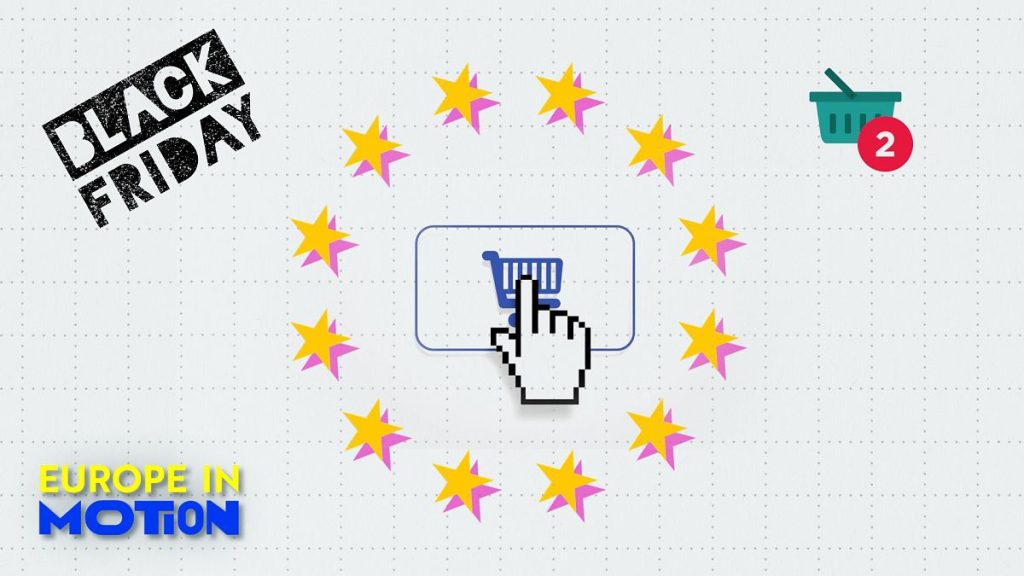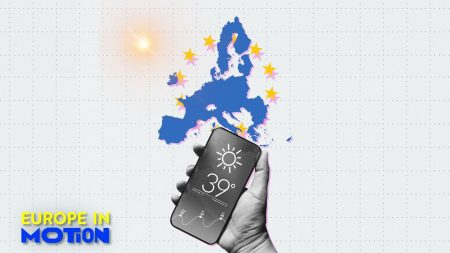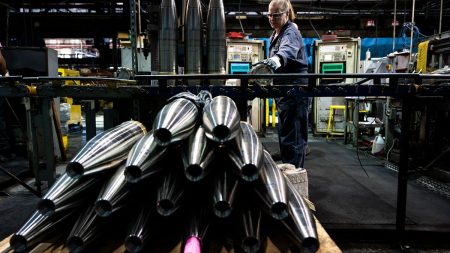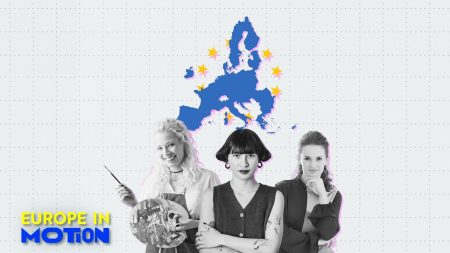As Black Friday and Cyber Monday approach, consumer enthusiasm is palpable, particularly among shoppers in Europe’s largest economies. Research indicates that the Germans, Austrians, and French are expected to lead in spending during this shopping frenzy, showing an average increase of 175% in sales compared to regular shopping days. According to a NielsenIQ study analyzed by Barcelona’s OBS Business School, approximately 61% of consumers in Spain, the UK, Italy, France, and Germany are anticipated to actively participate in the Black Friday sales events over the next ten days. This participation reflects a bustling consumer market eager to capitalize on holiday deals and discounts from vendors nationwide.
In terms of spending power, Germans top the list with an average budget of €251, indicating a strong consumer confidence in retail therapy during this traditionally high-spending period. Following close behind, Austrians plan to spend an average of €219, while the French are projected to allocate around €206 for their holiday shopping. This information highlights not just a variance in spending habits across countries but also points to the overall economic strength of these nations at a time that typically leads to increased consumer confidence and purchasing behavior.
When it comes to the categories of items that shoppers are most interested in, technology reigns supreme. A significant 66% of Black Friday consumers are targeting computers and electronics, while apparel also sees a healthy share, with clothing accounting for 54% of sales on these days. This trend indicates a growing reliance on technology and fashion in consumer priorities, reflecting broader cultural trends in Europe, where both categories are seen as essential to modern living and self-expression. Interestingly, despite the celebratory nature of holiday shopping, only 16% of shoppers are considering food and beverages in their purchases, underscoring how Black Friday and Cyber Monday have evolved more into days for gadgetry and fashion rather than culinary treats.
Forecasts from Adobe suggest that this year will feature significant discounts across various categories. Electronics are expected to see the largest markdowns, with estimates hinting at a 30% reduction in prices, followed by toys at 27%, clothing at 23%, and furniture at 19%. These anticipated discounts are vital for driving consumer interest and ensuring a surge in sales, as shoppers look to maximize their savings on high-ticket items. This emphasis on consumer electronics mirrors broader technological adoption trends in recent years, where devices and smart technologies are seen as major investments by households.
Historical data from last year’s Black Friday indicates that the retail initiative substantially increases consumer spending. An analysis of 200,000 products revealed that sales surged by 175% during the Black Friday event compared to a typical day, and Cyber Monday also experienced notable growth with a 58% upswing in purchases. This trend showcases the effectiveness of promotional events in pulling consumers into stores and online marketplaces alike, creating a binding link between consumer behavior and marketing strategies deployed by retailers in this crucial shopping period.
As we look towards the upcoming Black Friday and Cyber Monday sales, it is clear that consumers in key European markets are preparing for significant spending amidst an environment of attractive promotions and anticipated discounts. The enthusiasm surrounding these events reveals much about current economic sentiments and the evolving nature of shopping in a digital age, where consumers are not only motivated by limited-time offers but also shaped by broader purchasing behaviors that value technology and fashion. With a combination of strategic investments, bold discounts, and that holiday spirit, retailers stand poised to welcome a shopping season energized by fervent consumer participation.














